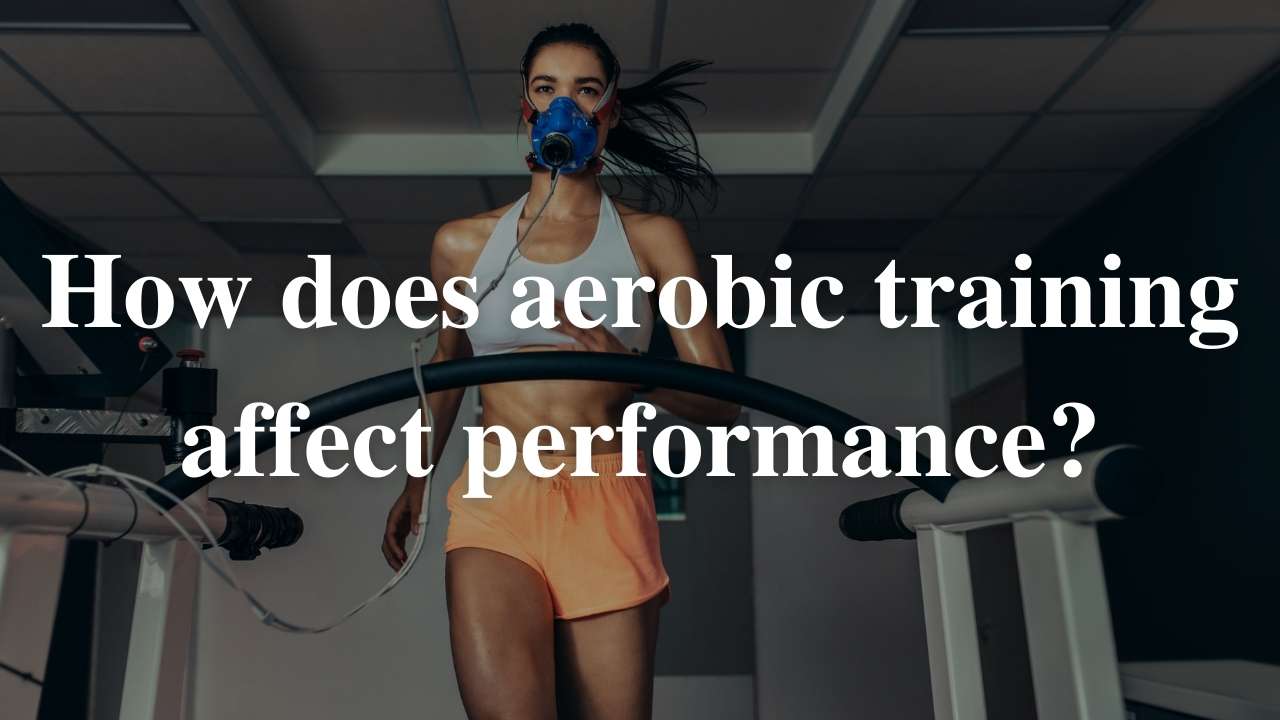Structuring extended response answers is very important for those of you seeking to achieve a band 5 or 6. Extended response questions often require 3 or more points to be made, and each point should have its own paragraph each with its own structure.
When structuring extended response answers I usually recommend the S.E.A.L. structure. This structure does have other names, such as: P.E.A.L., S.E.E.L., T.E.E.L etc Really the name you chose doesn’t matter, what matters is that when structuring extended response answers you use this basic structure, or one similar.
S – Statement. This is your opening sentence, often known as the topic sentence. This should introduce your topic for the paragraph so that the marker knows what you are going to be addressing in the answer. For example, if the question asked “Describe the physiological adaptations in response to training.” – 6 Marks, your first sentence for a paragraph might be;
Cardiac output increases in response to training.
E – Expand. After the first statement, in structuring extended response answers, you need to expand and provide details that do what the question asks. In the example we should provide characteristics and features of this physiological adaptation. But another question might require you to relate cause and effect, or make the relationship between two things evident etc.
This increase in cardiac output is caused by an increase in stroke volume, which allows more blood to pumped out of the heart with each contraction. This means at any given heart rate more blood is being pumped out of the heart when compared to non-trained athletes. The maximal heart rate for the individual does not change, but the volume of blood pumped each minute increases – increased cardiac output.
A – Application. You then need to apply your knowledge to a scenario, and be specific. In our example we need to think of a type of training that might cause this response and maybe provide a number.
For example, a trained marathon runner may have a cardiac output of 8L/min at 80% hear rate maximum, which is much higher than an untrained who may have just 4L/min at the same intensity.
L – Link. The final thing to do when structuring extended response answers is to link the paragraph with the next paragraph or back to the question. If you can, feel free to do both. With my example we could write:
It is clear that training causes an increase in cardiac output, allowing an athlete to maintain a lower heart rate for a given workload compared with non-trained athletes. Furthermore, this adaptation will contribute to changes in resting heart rate. (next paragraph will talk about adaptations to resting heart rate)
Now, my answer is long and during an exam you may not have time to present the examiner with all this information (and you don’t need to). But if you stick with the S.E.A.L. structure you should at least provide the details they are looking for in order to hit those top bands. You may also like to see marking rubric Sports Medicine or sample answer analysis to further develop your understanding of structuring extended response answers.
Remember this is just one example paragraph. I would have one paragraph for each physiological adaptation in structuring this extended response answer to describe the adaptations.






